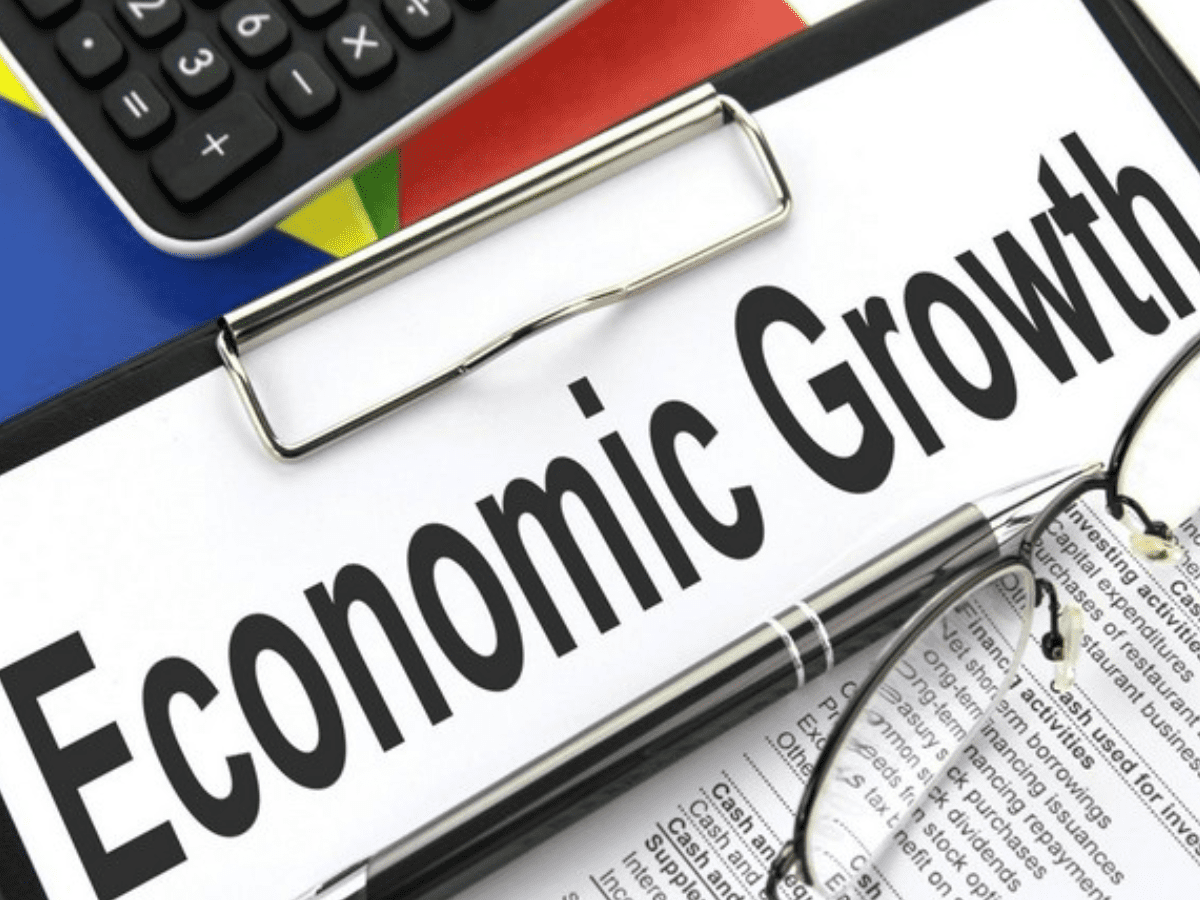
Beijing: China, which is the world’s second-largest economy, saw its growth plummeting to a mere 0.4 per cent in the second quarter (Q2) compared to the same period last year, the National Bureau of Statistics (NBS) announced on Friday.
The dismal Q2 (April-June period) growth figures came after the country registered 4.8 per cent growth in the first quarter (January-March period).
China has set its gross domestic product (GDP) growth target for 2022 at “around 5.5 per cent”.
China’s GDP expanded 2.5 per cent (year on year) in the first half of 2022, data from the NBS showed.
The Chinese economy faced marked increases of downward pressure in Q2 due to a complex global environment and domestic COVID-19 resurgences, with steep falls of major economic indicators in April, reports Xinhua news agency.
Thanks to a slew of supportive policies, the country’s major economic indicators saw narrowed declines in May and rebounds in June, helping achieve a positive Q2 growth.
“The economic growth didn’t come by easily,” the NBS said in a statement.
However, China’s value-added industrial output, an important economic indicator, went up 3.4 per cent year on year in the first half (H1) of this year.
In June alone, industrial output growth quickened to 3.9 per cent (on-year), expanding by 3.2 percentage points from that in May, according to the NBS.
The June’s figure put the average growth during the second quarter at 0.7 per cent, after logging a 2.9-percent decline in April and a 0.7-per cent rise in May, the NBS data showed.
“Equipment manufacturing, especially the automobile sector, saw a marked rebound, which played a significant role in boosting the overall industrial growth,” NBS spokesperson Fu Linghui said during a press conference.
Last month, equipment manufacturing accelerated its recovery pace with output growth of 9.2 per cent, while the vehicle manufacturing sector reversed the 7-per cent decline in May to rise by 16.2 per cent.
In the second quarter, industrial production in central and western regions was generally stable, sustaining the industrial growth, Fu said.
Major cities across China, including the major financial and manufacturing centre Shanghai, were put into full or partial lockdowns during this period.
This comes as the country continues to pursue its “zero-Covid” policy, BBC reported.
“Second quarter GDP growth was the worst outcome since the start of the pandemic, as lockdowns, notably in Shanghai, severely impacted activity at the start of the quarter,” Tommy Wu, lead economist at Oxford Economics, told the BBC.
Official figures for last month showed an improvement in the country’s economic performance after many of those curbs were lifted.
“However, June data was more positive, with activity picking up after most of the lockdowns were lifted. But the real estate downturn continued to drag on growth,” Wu added.
Meanwhile, Jeff Halley, senior market analyst for Asia Pacific at trading platform Oanda, told the BBC that he also saw some bright spots in today’s economic data from China.
“GDP was worse than expected, however unemployment fell to 3.5 per cent and retail sales outperformed impressively,” he said.



